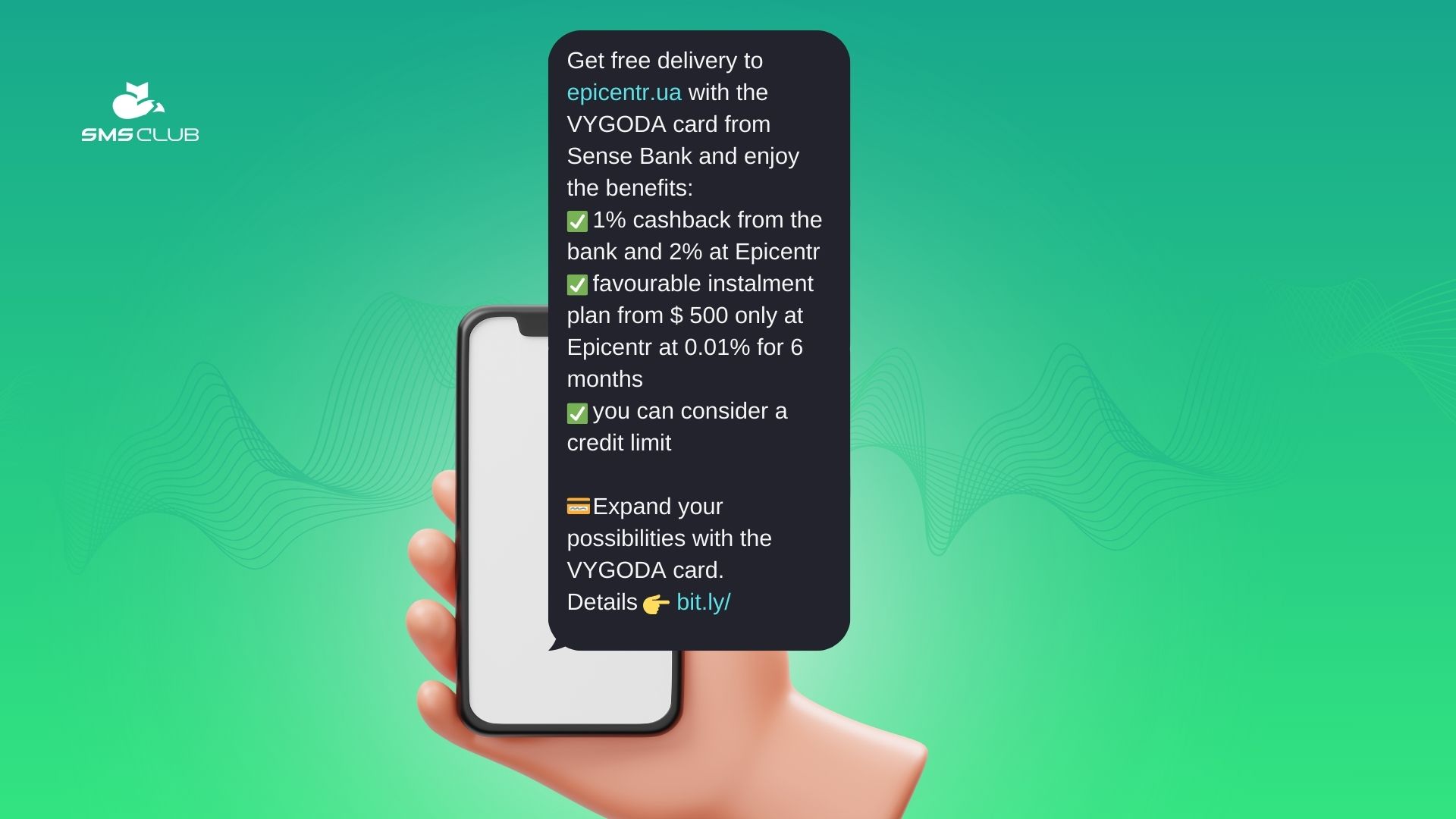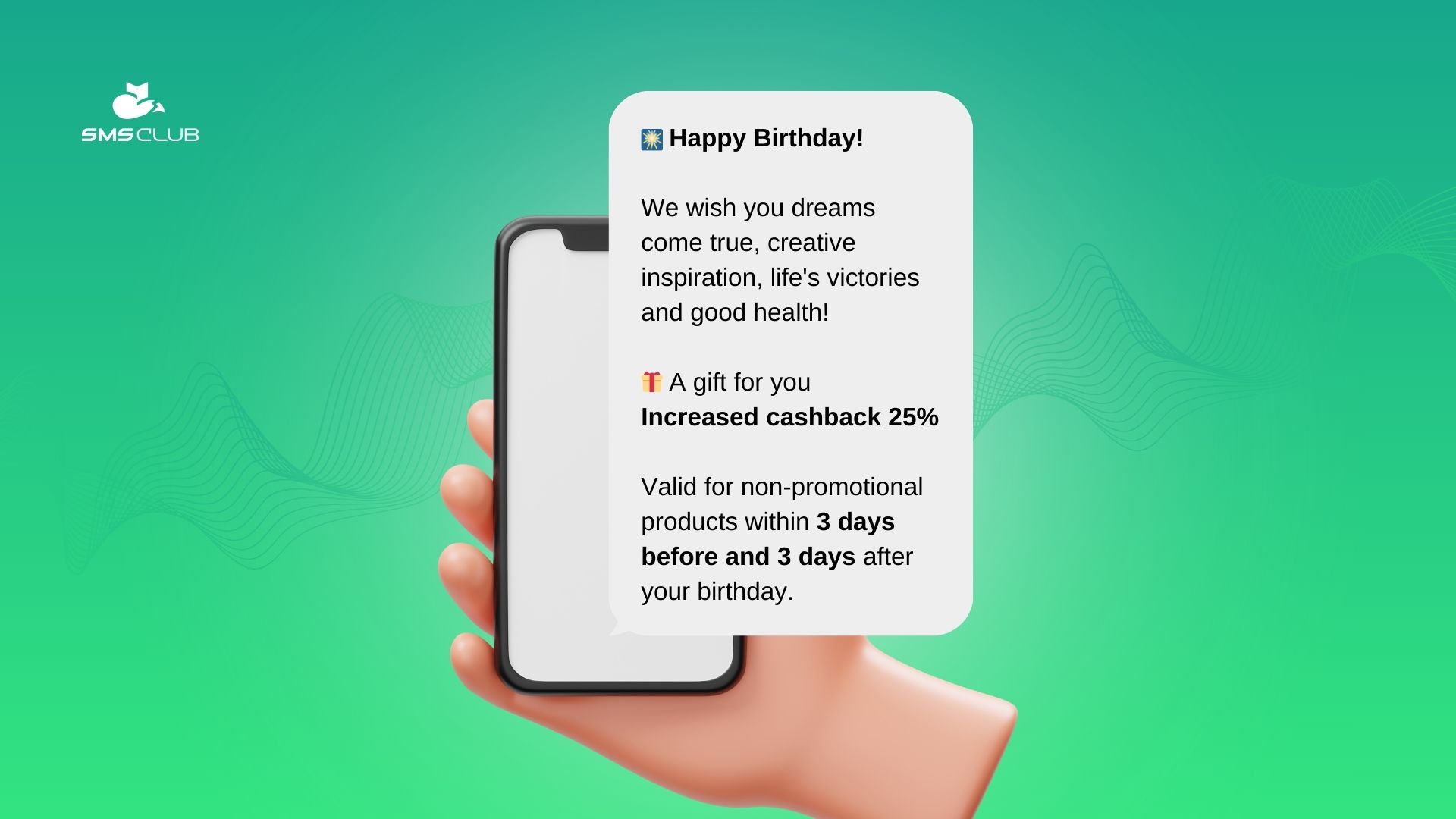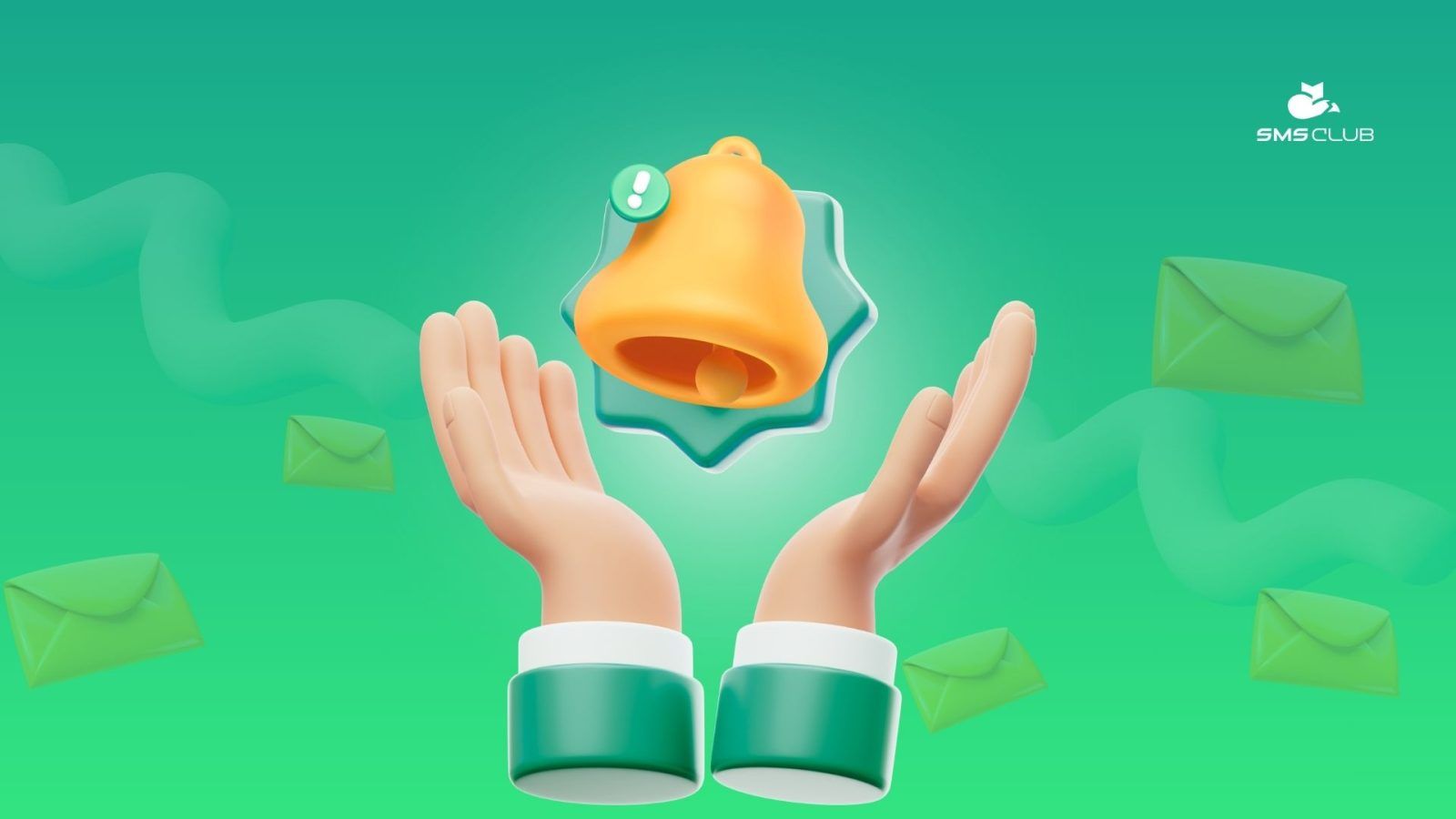How to Create an Offer for a Campaigns: Three Steps and One Explanation
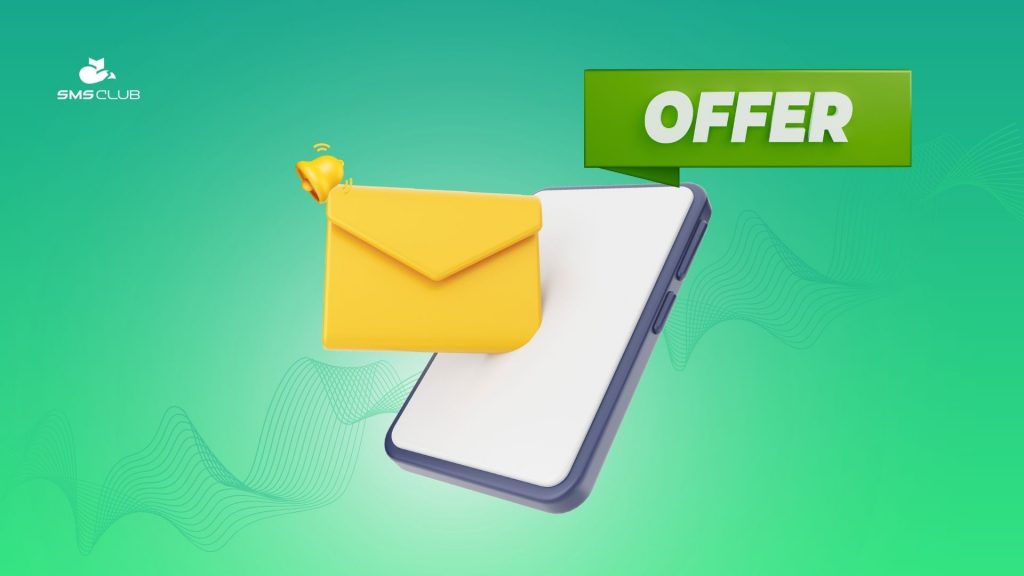
Contents:
Contents:
In marketing, an offer is a commercial presentation of a product with its benefits and a call to action — to order a service, book tickets, or buy that darn bouquet.
You can’t do without an offer in a newsletter either, as it is the heart of the advertising campaign. How to create a compelling offer? First, determine what value you are selling and who will buy it.
Step 1: Create Profiles
First, analyze your product and develop a USP (Unique Selling Proposition).
At the same time, analyze the niche. Record, for example, in a table, how your competitors promote their products — what pain points they address and how they attract attention.
Ideally, you should “play” on something different. However, this is not always possible. Therefore, the most important thing is to know the value of your offer and what needs it will help satisfy.
To do this, you need a detailed profile of your target audience.
For example, you make sneakers for women aged 25 to 55. Who are these women? How much do they earn? Where do they live — in a big city or a village? Do they work online or offline? How do they spend their free time — learning Japanese, knitting camouflage nets, or growing cacti?
Do they travel outside their city? If so, with family or on business trips? By car or train? What is more important to them — price, durability, color, brand, originality of the new product?
The answers will influence further promotion, as you can create an offer with these accents:
- Visual advantages: “Forget about black and white — this model comes in 28 colors”;
- Price appeal: “Premium quality sneakers for just $400”;
- Technical advantages: “Sneakers with orthopedic soles” or “Sneakers made of genuine leather”;
- Advantages for a specific segment of the audience: “Sneakers are indispensable if you are on your feet all day” or “Our sneakers conquer Hoverla.”
*Hint
How to make the offer more attractive? Add specifics that:
- Dispel doubts,
- Address organizational questions,
- Mention warranty obligations.
In the example with sneakers, it would be appropriate to mention “Own production”, “Three-month warranty”, “Delivery in three days”, etc.
The Difference Between an Offer and a USP
USPs and offers are similar. They indeed share a common component — benefits. But benefits can vary.
A USP is the immutable value of your product. This benefit is not lost under any circumstances and is needed for all advertising campaigns. It is important that the benefit is truthful, meaning it can be easily verified if necessary.
An offer serves a different purpose. It needs to draw attention to the product right now and speed up or increase sales volumes.
Here, the benefit is situational: here today, gone tomorrow. For example, at the end of the winter season, before Constitution Day, or simply because you need it. Also, the benefit easily adapts to a specific audience segment.
For example, a USP for a sock store: “Original socks for the whole family, cool design”, and an offer to attract attention — “In June, every fifth pair is a gift”. You can attract part of the audience with information like “We’ll make socks with your logo”.
What Benefits to Help Create an Offer for a Newsletter
When creating a situational offer, focus on one idea: how to please the customer. There are not many options here:
- Help save money or time;
- Ensure convenience;
- Provide positive emotions.
These tasks are handled by the following offer models.
Offer-Savings
This refers to all possible discounts, promotional items, bonuses, installments, etc.
For example, the offer to buy a product at a lower price without losing its quality (or three items for the price of two) appeals equally to writers, accountants, and IT specialists.
People also enjoy receiving small gifts. In the case of sneakers, great bonuses could be related items: shoe care cream, an extra pair of laces, or a shoehorn.
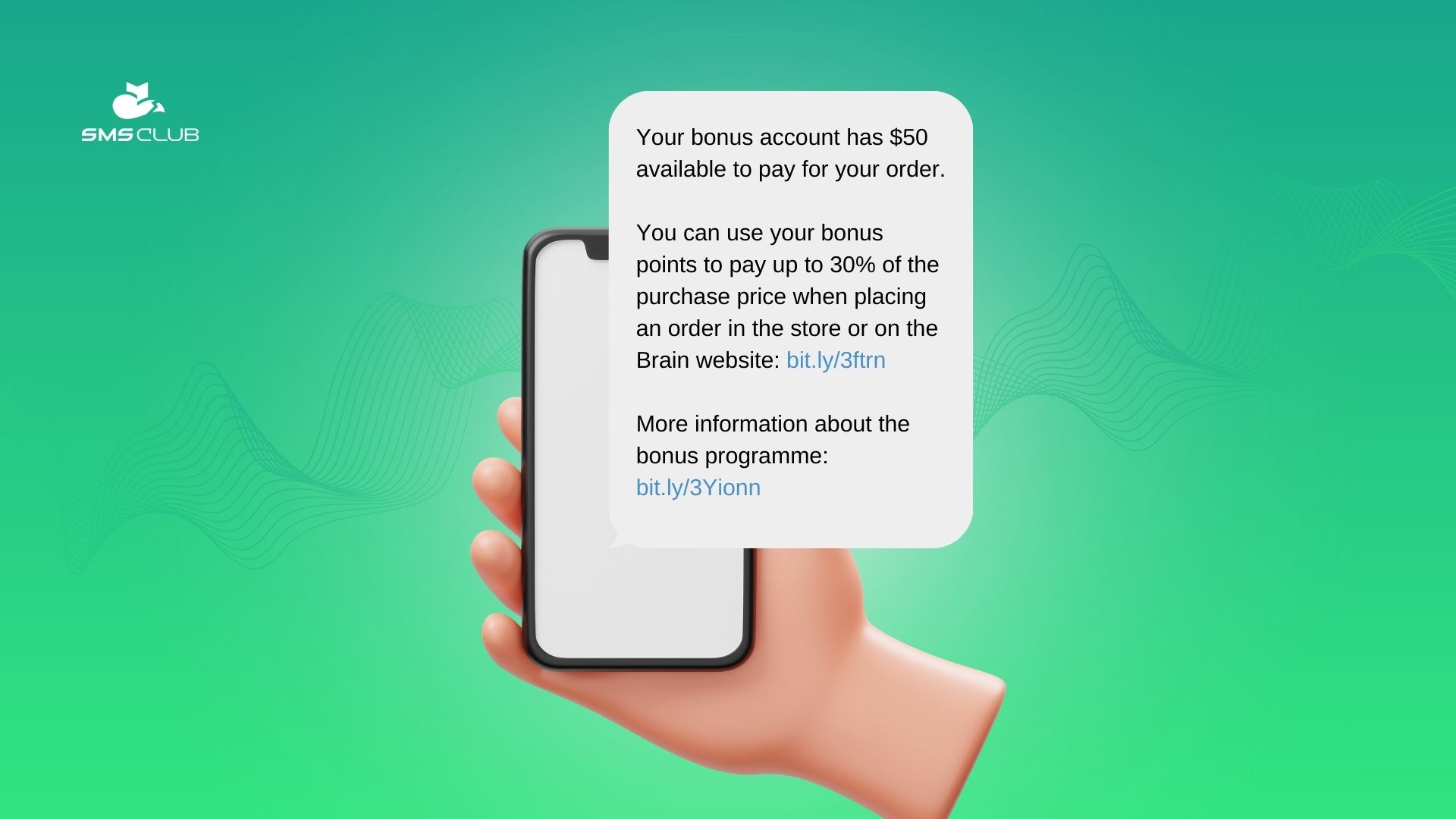
Offer-Time
Time-limited discounts push people to make quick decisions.
In many well-known grocery stores, the “item of the week” and “item of the day” promotions are indispensable. Online stores may have “night owl” promotions. Additionally, many sellers achieve good sales with “hourly deals”.
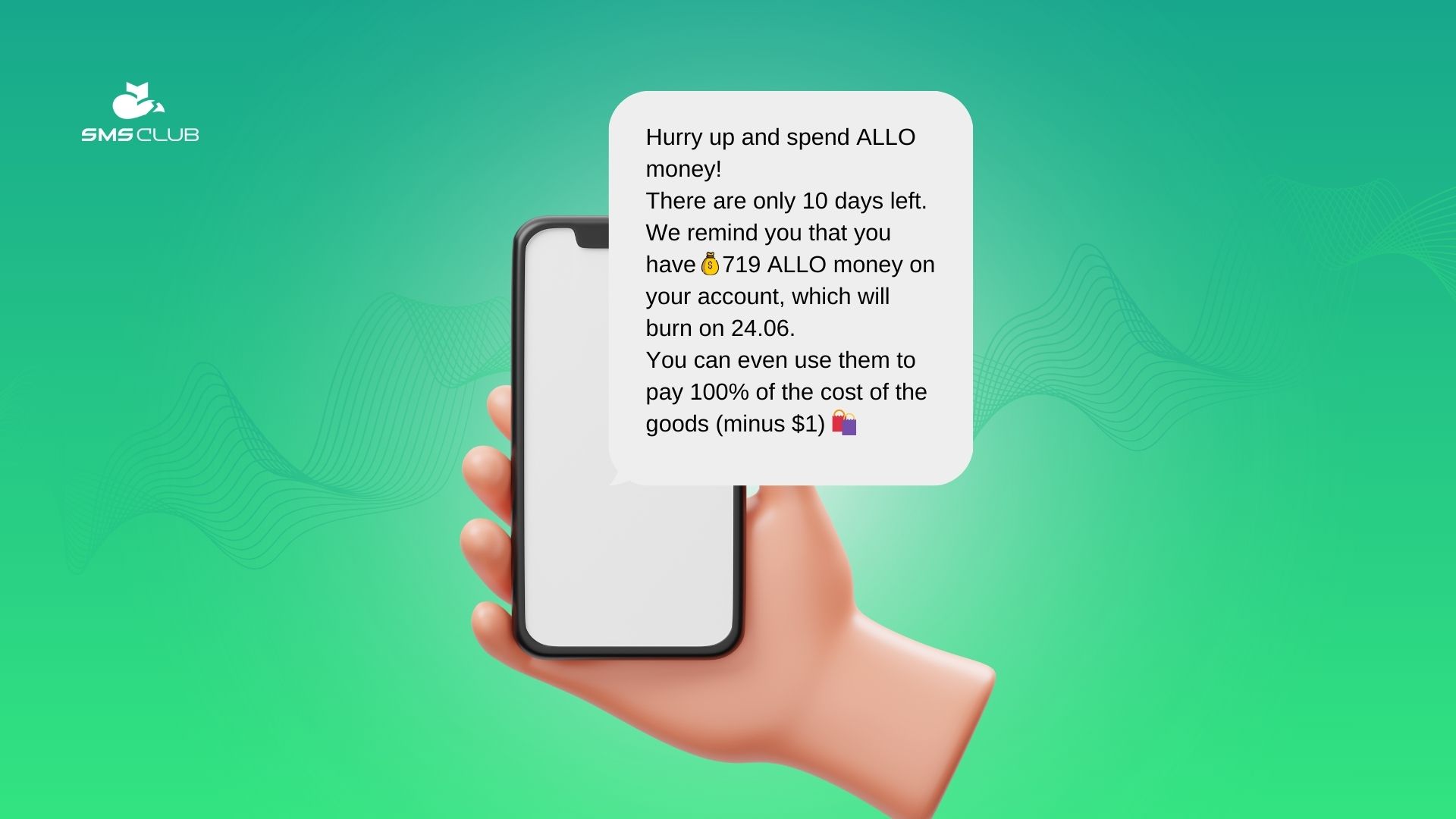
Offer-Convenience
The highlight of the offer can be not just the price, but everything related to the customer’s comfort and saving their time and nerves.
For example: free delivery, delivery after 9 PM, installation or service of large appliances, working from 8 AM on January 1st, custom fitting of clothes — life provides many options.
Offer-Emotion
This is about establishing an emotional connection with regular customers. All steps aim to make the person feel welcome.
The simplest approach is to establish a system of personal discounts or cashback, where a portion of the money is returned to the customer’s account. Agree that if this system allows a person to pay a third less for a product, it definitely brings them positive emotions and makes them a loyal customer for you.
Conclusions
To create a selling offer, you need to take three steps: two meticulous and one creative.
However, the basis of success and good sales is not only calculation but also quality, attention to the customer, and continuous improvement. Therefore, keep getting to know your audience, expanding it, and offering customers not just a product but value.


